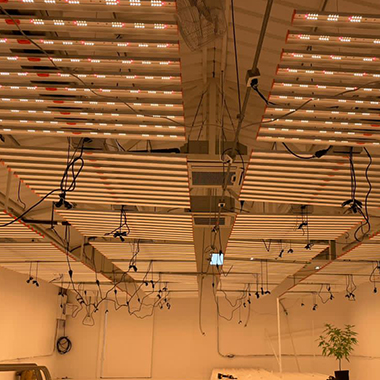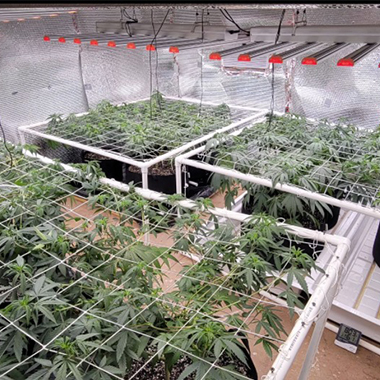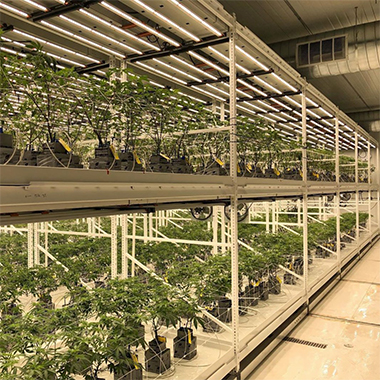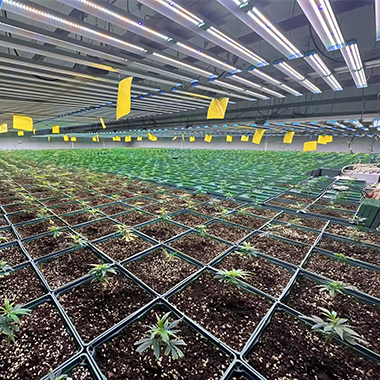 What Kind of LED Grow Lights Do Professional Growers Use?
What Kind of LED Grow Lights Do Professional Growers Use?
Aug .05.2023
Professional growers use a variety of LED grow lights, carefully chosen to meet the specific needs of their crops and optimize plant growth. The type of LED grow lights chosen depends on factors such as the scale of the operation, the types of plants being grown, the growth stage, and the available budget. Here are some of the common types of LED grow lights used by professional growers.
 Unveiling the Hidden Potential: Novel Aspects of LED Grow Lights for Indoor Plants
Unveiling the Hidden Potential: Novel Aspects of LED Grow Lights for Indoor Plants
Jul .28.2023
As indoor gardening continues to captivate the hearts of plant enthusiasts, the role of LED grow lights has become increasingly crucial in nurturing thriving green sanctuaries. Beyond the commonly known benefits of energy efficiency and spectrum customization, LED grow lights hold a treasure trove of novel aspects that can unlock the hidden potential of your indoor plants. In this blog, we will explore these unique facets.
 From Seedlings to Success: Buyer's Guide to LED Grow Lights
From Seedlings to Success: Buyer's Guide to LED Grow Lights
Jul .22.2023
LED grow lights have revolutionized the way we nurture plants indoors, providing the perfect balance of light for optimal growth. In this comprehensive buyer's guide, we'll shed light on everything you need to know about LED grow lights to turn your seedlings into thriving green wonders.
 Optimizing Growth: Understanding the PPFD Requirements of Weed Seedlings under SunPlus LED Grow Lights
Optimizing Growth: Understanding the PPFD Requirements of Weed Seedlings under SunPlus LED Grow Lights
Jul .14.2023
Providing the right amount of light is crucial for the healthy development of weed seedlings. LED grow lights have gained popularity among cannabis cultivators due to their efficiency and controllability. However, understanding the ideal PPFD (Photosynthetic Photon Flux Density) requirements for weed seedlings is essential to optimize their growth. In this article, we will explore the recommended PPFD levels and considerations when using LED grow lights for nurturing weed seedlings.

 What Kind of LED Grow Lights Do Professional Growers Use?
What Kind of LED Grow Lights Do Professional Growers Use?
 Unveiling the Hidden Potential: Novel Aspects of LED Grow Lights for Indoor Plants
Unveiling the Hidden Potential: Novel Aspects of LED Grow Lights for Indoor Plants
 From Seedlings to Success: Buyer's Guide to LED Grow Lights
From Seedlings to Success: Buyer's Guide to LED Grow Lights
 Optimizing Growth: Understanding the PPFD Requirements of Weed Seedlings under SunPlus LED Grow Lights
Optimizing Growth: Understanding the PPFD Requirements of Weed Seedlings under SunPlus LED Grow Lights